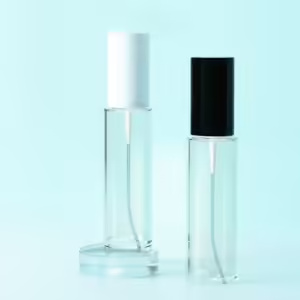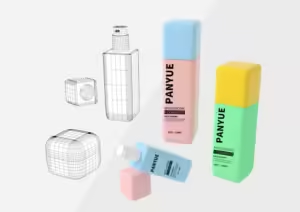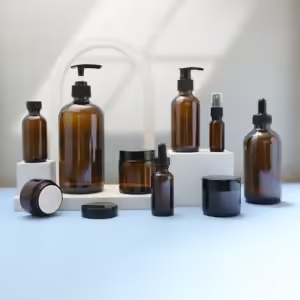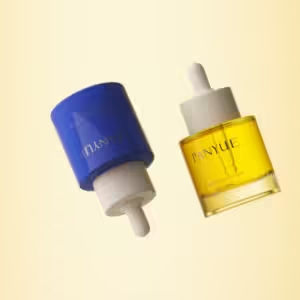With the rapid development of artificial intelligence (AI) technology, the traditional manufacturing industry is ushering in disruptive changes, and the glass bottle packaging industry is no exception.
1. AI optimizes the design process: precise matching from concept to implementation
Traditional finished glass bottle design relies too much on the personal experience of designers, resulting in long design cycles and expensive design fees. AI reshapes the design process in the following ways。
Using intelligent modeling algorithms:
Input parameters such as capacity, pressure, and transportation, AI will automatically generate a bottle type solution that conforms to mechanics and aesthetics, shortening the overall design cycle by more than 60%.
Virtual simulation testing:
Use machine learning to simulate scenes such as filling, transportation, and use, predict the distribution of bottle stress and pressure, and avoid the waste of resources in traditional repeated proofing.
Market trend analysis:
Capture data from major e-commerce platforms, identify the colors and textures preferred by consumers in each country, and guide the design of packaging solutions that conform to popular trends.

2.Personalized customization: opening up a new blue ocean in the high-end market
AI-driven small-batch flexible production is activating the needs of the segmented market.
Parametric customization platform:
The online customization platform allows users to modify bottle dimensions, surface etching patterns, and chromatic parameters. This intelligent system simultaneously produces photorealistic 3D visualizations and automated technical specifications for manufacturing.
Digital printing optimization:
The intelligent color matching system leverages Pantone color card calibration to achieve precise color formulation. This guarantees seamless consistency between small-batch prototypes and mass production orders.
Demand forecasting model:
By studying regional sales patterns, we can identify what types of packaging consumers prefer in different areas.These insights help companies create packaging designs (like colors, shapes, or materials) that specifically match each country’s market needs, instead of using the same design everywhere.







